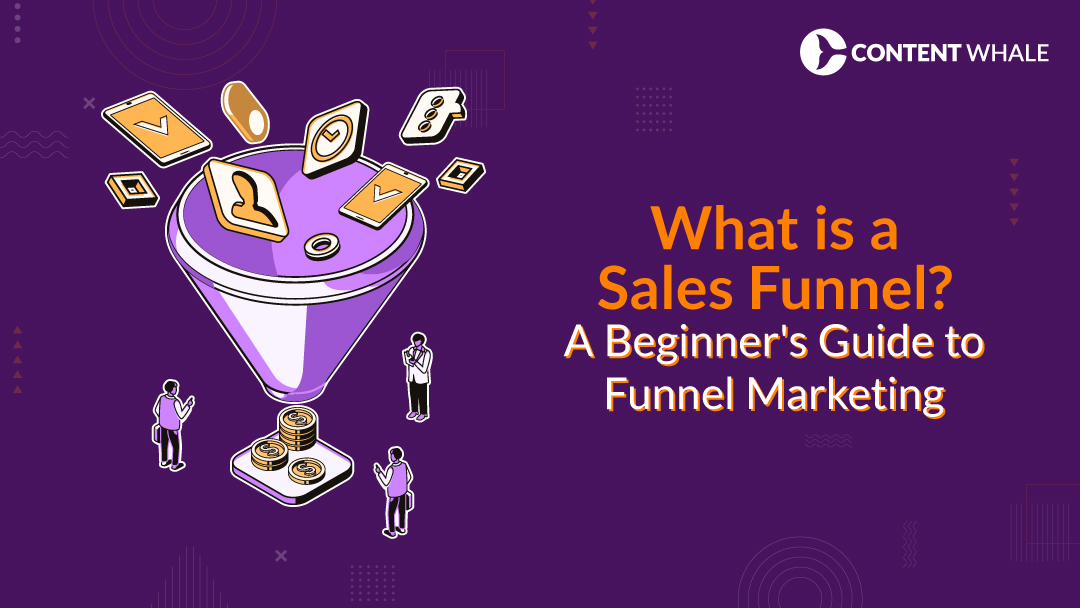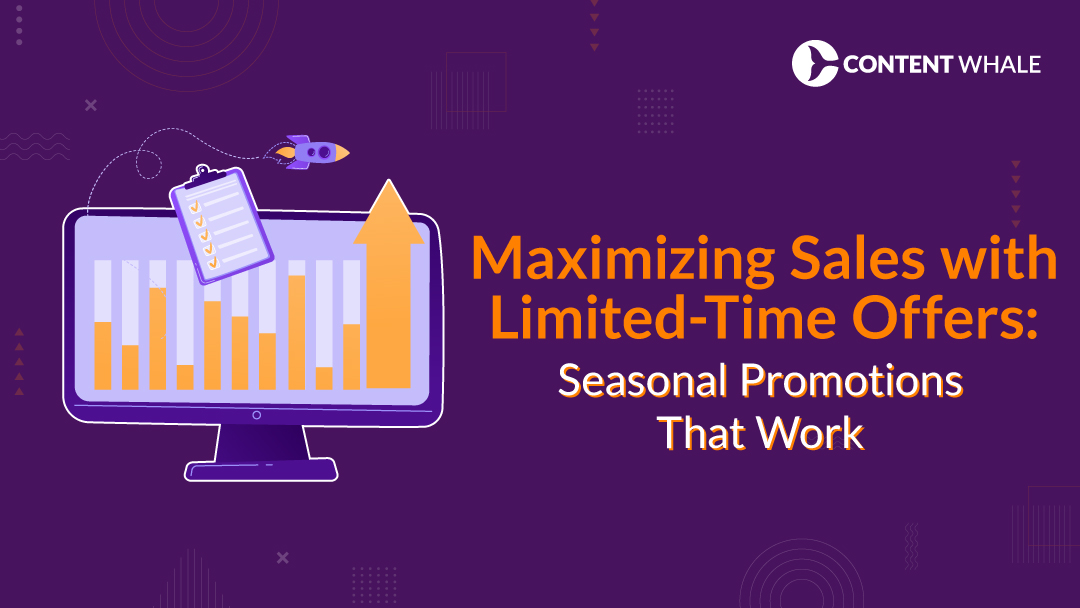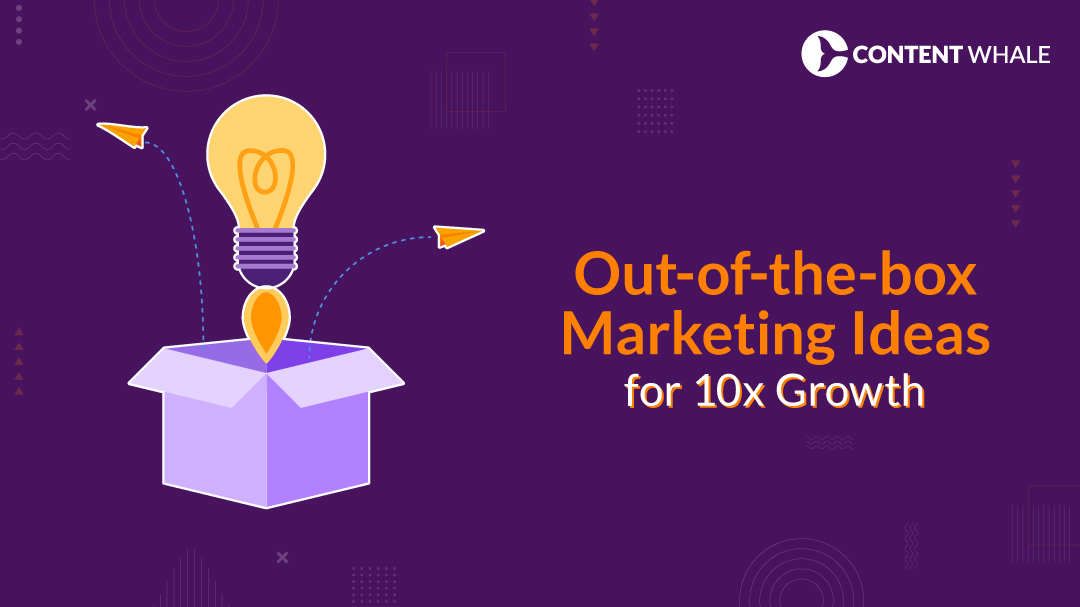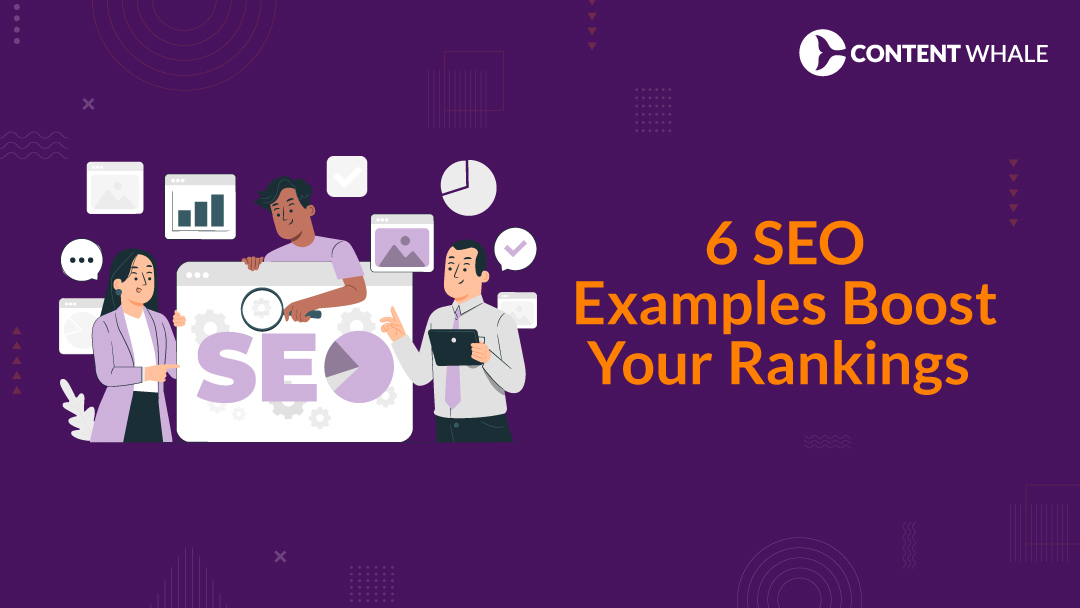What is sales funnel? It is an essential tool for businesses looking to optimize their marketing strategies and boost conversions.
Essentially, a sales funnel outlines the path potential customers travel, from gaining initial awareness of a product to making the final purchase decision.
This journey is crucial because it helps marketers craft targeted strategies that engage customers at each stage, increasing the likelihood of conversion.
A sales funnel can be incredibly diverse, tailored to fit different marketing environments and consumer behaviors. For instance, an online business might leverage a click funnel to guide visitors through a series of web pages that aim to culminate in a sale.
In this context, understanding what is a click funnel and how does it work becomes vital for digital marketers aiming to enhance online conversions.
At its core, the funnel encapsulates several stages—each representing a distinct phase of the customer’s journey. These stages typically include Awareness, Interest, Decision, and Action.
Each stage is designed to correspond with specific marketing efforts, such as SEO, content marketing, and direct sales tactics, making the understanding of what are funnels in marketing and what is funnel marketing particularly relevant.
Moreover, what is sales funnel in digital marketing reflects a focused approach to guiding online consumers towards making purchases, emphasizing the importance of digital strategies in modern marketing.
In the following sections, we will explore these stages in detail, providing insights into effective funnel building and how businesses can use marketing funnels to convert leads into loyal customers.
This guide aims to clarify what are marketing funnels and how they can be structured to facilitate better business outcomes, ensuring that readers have a solid foundation to enhance their marketing efforts.
The Stages of a Sales Funnel
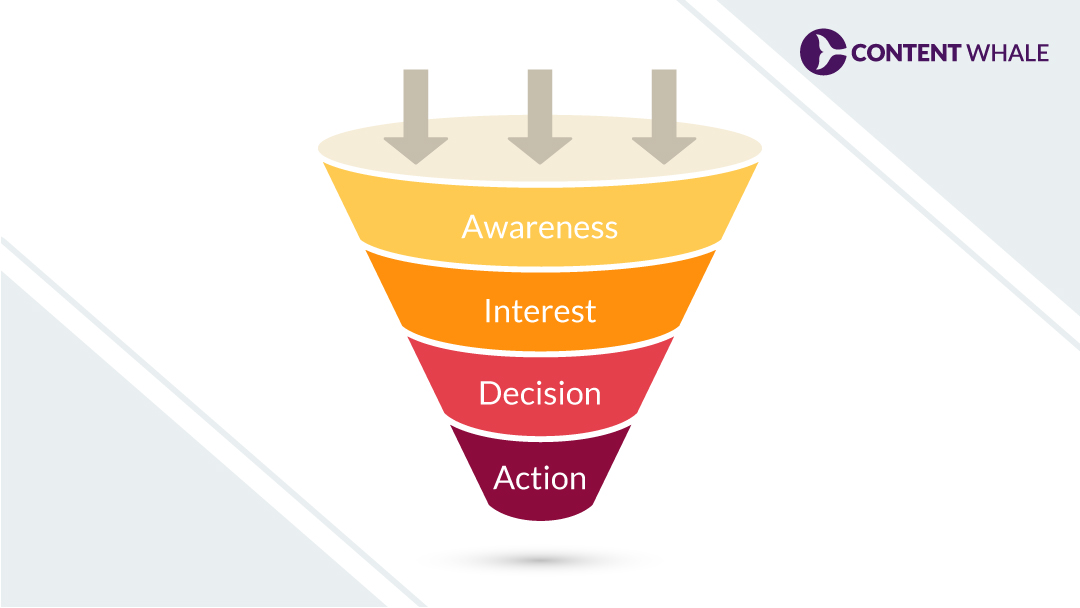
What is sales funnel effectiveness largely depends on understanding its stages.
Each stage of the funnel is designed to correspond with specific consumer behaviors and marketing strategies, ensuring that potential customers are appropriately nurtured towards making a purchase.
1. Awareness
The journey begins with the Awareness stage, where potential customers first encounter your brand or product.
At this point, the primary goal is to capture the attention of your target audience through tactics such as SEO, social media marketing, and paid advertising.
Here, the strategy revolves around broadening reach and informing potential customers about what sets your brand apart.
For businesses focusing on what is funnel marketing in the digital space, this stage is critical as it sets the groundwork for subsequent engagement.
2. Interest
As visitors move into the Interest stage, they are no longer just passersby; they are potential leads who have shown a curiosity about your offerings.
This is where detailed content, such as blogs, eBooks, and webinars, play a pivotal role.
What are funnels in marketing at this stage aim to educate and provide value, positioning your brand as a solution to the customer’s problems or needs.
Effective content marketing not only informs but also builds a connection, encouraging leads to move further down the funnel.
3. Decision
The Decision stage is where leads weigh their options. They might consider various products or services, and at this juncture, the focus of marketing shifts towards convincing the potential customers why your product is the best choice.
Here, showcasing product comparisons, testimonials, and case studies can be particularly effective.
Understanding what is sales funnel in digital marketing includes recognizing the importance of targeted communications and personalized experiences to sway the decision in your favor.
4. Action
Finally, the Action stage is where leads convert into customers.
What is a click funnel, and how does it work? It highlights the significance of this stage in digital settings, where the goal is to streamline the path to purchase with clear calls-to-action, simplified checkout processes, and incentives like discounts or bonus offers.
Ensuring a smooth transaction process is key to reducing cart abandonment and increasing conversion rates.
Each stage of the funnel requires careful planning and a strategic approach to funnel building. By aligning marketing activities with the mindset of the potential customer at each phase, businesses can effectively guide them towards making a purchase, thereby optimizing the overall effectiveness of their marketing funnels.
What Is a Click Funnel?

Understanding what is a click funnel and how does it work is essential for businesses operating in the digital sphere.
A click funnel is a specific type of sales funnel designed to optimize online conversions, guiding a potential customer through a series of steps towards a purchase, all initiated by a single click.
1. Definition and Purpose
A click funnel simplifies the buyer’s journey, focusing intensely on converting visitors into leads and ultimately customers.
The key here is efficiency; each stage of the funnel is meticulously crafted to lead seamlessly to the next, minimizing distractions and optimizing the steps a user needs to take to complete a purchase or sign-up.
This is why understanding what is click funnel can significantly benefit businesses looking to boost their online marketing efforts.
2. Streamlining the Buyer’s Journey
In digital marketing, the simplification provided by click funnels can directly impact conversion rates. By removing unnecessary steps and optimizing the path that potential customers take, businesses can significantly reduce the bounce rate and increase the likelihood of securing a sale.
The question of what is funnel marketing often leads marketers to utilize tools like ClickFunnels, which provide templates and workflows specifically designed to create effective online sales funnels.
3. Tools and Technologies
| Tool | Key Features | Pricing | Best For |
|---|---|---|---|
| ClickFunnels | Drag-and-drop editor, A/B testing, email autoresponder, one-click upsells. | Starts at $147/month | Small businesses needing a straightforward sales funnel tool. |
| Systeme.io | Sales funnel creation, email campaigns, membership sites, dropshipping management. | Free to start; plans up to $97/month | Entrepreneurs and startups. |
| Kartra | All-in-one tool with CRM, email marketing, landing pages, help desk, calendar. | Starts at $99/month | Businesses looking for a comprehensive marketing solution. |
| HubSpot | Full CRM platform, email marketing, sales funnel builder, analytics, integration capabilities. | Starts at $30/month | Businesses seeking an all-in-one CRM and marketing platform. |
Funnel Marketing in Digital Marketing

Funnel marketing is a strategy extensively utilized within digital marketing, where what is sales funnel becomes a central focus.
This approach aligns various marketing tactics to guide potential customers through different stages of the buying process, from initial awareness to the final purchase.
1. Digital Strategy Integration
Digital marketing leverages sales funnels to streamline and enhance both advertising and sales strategies. A well-defined sales funnel helps businesses understand where they might lose potential customers and allows for more targeted and effective marketing efforts.
By integrating what is sales funnel in digital marketing, companies can align content and promotions precisely with each stage of the customer’s journey.
2. Role of Content at Each Stage
The success of funnel marketing hinges on delivering the right content at the right time.
For instance, at the awareness stage, informational blog posts and social media content work well to draw in an audience.
As potential customers move into the interest and decision stages, more detailed content such as e-books, product comparisons, and customer testimonials become crucial.
This detailed approach to what are funnels in marketing ensures that each piece of content serves a specific purpose along the customer’s journey.
3. Examples of Tactical Application
Each stage of the sales funnel can be enhanced using various digital marketing tactics:
- SEO (Search Engine Optimization) plays a vital role in attracting users to your site at the awareness stage.
- Social media marketing increases engagement and helps build a community around your brand during the interest stage.
- Email marketing is particularly effective in the decision stage, where personalized offers and detailed product information can nudge a potential customer towards a purchase.
- PPC (Pay-Per-Click) campaigns can be crucial in the action stage, driving conversions with targeted ads that reach customers ready to buy.
By understanding what is funnel marketing and applying these targeted strategies at each stage, businesses can significantly improve the efficiency of their marketing efforts, leading to increased conversions and a better return on investment.
Building and Optimizing Your Sales Funnel

Creating an effective sales funnel is essential for any business looking to streamline its marketing efforts and boost conversions.
Here, we’ll cover the steps necessary for funnel building and provide tips on how to analyze and optimize these funnels for better results.
1. Steps to Create an Effective Sales Funnel
The first step in funnel building involves a clear understanding of your target audience. By defining who your customers are and what their buying journey looks like, you can tailor a sales funnel that effectively guides them from awareness to purchase.
i) Identify Your Audience
Start by identifying who your customers are and what needs they have that your product or service can fulfill.
ii) Map Out the Customer Journey
Understand the path your customers take from discovering your product to making a purchase. This mapping should include every touchpoint where they interact with your brand.
iii) Develop Compelling Content
Create content that addresses the needs and questions of your potential customers at each stage of the funnel.
For example, introductory blog posts can generate awareness, while detailed product descriptions and reviews might help in the decision-making process.
2. Optimizing the Funnel for Better Conversion Rates
Once your funnel is in place, the next crucial step is optimization, which ensures that the funnel is as efficient as possible at converting leads into customers.
i) Analyze Funnel Performance
Use analytics tools to track how prospects move through your funnel and identify stages where you lose potential customers.
ii) Implement A/B Testing
Regularly test different aspects of your sales process, from landing pages to email campaigns, to see what works best and refine your approach accordingly.
iii) Refine Your Strategies
Based on the data gathered from analytics and testing, make necessary adjustments to your funnel strategies to better cater to your audience’s needs.
Understanding and applying these principles in what is sales funnel in digital marketing can significantly enhance a business’s ability to convert leads into customers efficiently.
3. Importance of Data Analytics and A/B Testing
In funnel marketing, continuous improvement is key.
Utilizing data analytics provides deep insights into customer behaviors and preferences, which can help refine marketing strategies and sales tactics.
A/B testing, on the other hand, allows marketers to compare different versions of a webpage or campaign to determine which one performs better in terms of converting visitors into leads and customers.
This approach not only helps in optimizing the existing sales funnel but also aids in making informed decisions that can lead to better resource allocation and increased sales effectiveness.
By regularly assessing and tweaking your funnel, you ensure that it remains effective even as market conditions and customer preferences change.
Common Sales Funnel Mistakes and How to Avoid Them

Effective management of a sales funnel can dramatically improve a company’s conversion rates and overall success in digital marketing.
However, certain common mistakes can undermine these efforts. Here, we’ll explore some of these pitfalls and suggest how to avoid them, ensuring your funnel marketing strategy remains robust.
1. Overlooking Mobile Users
One significant oversight in many sales funnels is neglecting mobile users. As mobile traffic continues to rise, it’s essential that all elements of a sales funnel—from emails to landing pages—are optimized for mobile devices. This ensures a seamless experience for all users, regardless of the device they are using.
2. Underestimating the Value of Analytics
Another frequent mistake is underutilizing analytics in what is sales funnel management.
Analytics provide critical insights into how effectively different parts of your funnel are working and where potential customers might be dropping off.
Businesses should leverage these insights to continually refine their funnel marketing strategies, enhancing their ability to convert leads at every stage.
3. Ignoring Customer Feedback
Ignoring customer feedback can be detrimental to funnel building. Feedback is a valuable source of information on what is and isn’t working in your funnel.
Regularly collecting and analyzing customer feedback helps identify pain points and areas for improvement, making your funnel more effective at guiding customers through to purchase.
4. Failing to Personalize
A lack of personalization can make your funnel feel impersonal and generic. What are marketing funnels if not a way to guide potential customers through a tailored journey?
Personalizing content and offers based on the user’s behavior, preferences, and previous interactions can significantly increase the chances of conversion.
5. Best Practices for Maintaining an Effective Sales Funnel
To maintain an effective sales funnel, businesses should focus on the following best practices:
- Regularly Update and Test Your Funnel: Market trends and customer preferences evolve, so your funnel should too. Regular updates and A/B testing are essential to maintain its effectiveness.
- Use Data-Driven Strategies: Employing data-driven strategies ensures that decisions are based on actual customer behavior and real results, which helps in refining the funnel for better performance.
- Ensure All Channels Are Integrated: A sales funnel that integrates all marketing channels, from social media to email marketing, provides a cohesive journey for the customer. This integration is particularly important in what is digital marketing where multiple touchpoints are involved.
By avoiding these common mistakes and implementing best practices, businesses can ensure their sales funnels are as effective as possible. Implementing robust funnel marketing strategies will not only improve conversion rates but also enhance overall marketing efficiency and effectiveness.

Reflecting on the critical role of sales funnels reveals their significance not just in attracting leads but in converting these leads into loyal customers.
By strategically guiding potential customers through each stage of the sales funnel, businesses can enhance their marketing efforts and see substantial improvements in conversion rates and customer retention.
A well-constructed sales funnel is a powerful tool in digital marketing.
It not only helps in mapping out the journey of potential customers but also provides actionable insights that can be used to optimize various marketing strategies.
Understanding what is sales funnel in digital marketing is essential for any marketer aiming to increase efficiency and drive sales.
The dynamic nature of digital marketing demands that sales funnels be continuously monitored and adjusted.
This ongoing process ensures that your strategies remain effective despite changing market conditions or consumer behaviors. Leveraging tools and techniques such as A/B testing and analytics is crucial in this regard.
Finally, innovation within your sales funnel can lead to breakthroughs in how you connect with and convert your audience.
Always be open to experimenting with new approaches in what is funnel marketing and funnel building.
Whether it’s introducing cutting-edge technologies like AI for personalized marketing or adopting new social media platforms to reach wider audiences, innovation keeps your strategies fresh and effective.
In conclusion, the power of a well-defined sales funnel cannot be overstated.
By understanding what are marketing funnels and implementing the best practices discussed, businesses can not only meet but exceed their marketing and sales objectives, securing a strong competitive advantage in their respective markets.
Always remember, the goal is to create a seamless, engaging journey that resonates with your audience, compelling them to move from awareness to action.

What are the key metrics to track at each stage of the sales funnel?
Tracking the right metrics at each stage of the sales funnel is essential for measuring effectiveness and making informed decisions. At the awareness stage, metrics like website traffic and social media engagement are crucial.
During the interest stage, monitor email open rates and content interaction rates. At the decision stage, focus on metrics like product demo sign-ups and cart abandonment rates. Finally, at the action stage, conversion rates and customer acquisition costs are key indicators of success.
How can small businesses benefit from using sales funnels?
Small businesses can greatly benefit from sales funnels by creating structured paths for customer engagement and conversion.
Sales funnels help in segmenting the audience and delivering personalized marketing messages, which can increase the efficiency of limited marketing resources.
They also provide valuable insights into customer behavior, allowing small businesses to refine their strategies and improve ROI.
What are the differences between a sales funnel and a marketing funnel?
While often used interchangeably, sales funnels and marketing funnels serve slightly different purposes. A marketing funnel is broader, focusing on the entire journey of attracting and engaging customers.
Sales funnels, however, are more specific, concentrating on converting leads into paying customers. Understanding both is crucial for a comprehensive approach to what are funnels in marketing.
Can sales funnels be used for services as well as products?
Absolutely, sales funnels are effective for both services and products. The strategies might differ slightly, with services requiring more emphasis on building trust and demonstrating value through consultations, case studies, and testimonials.
However, the fundamental principle of guiding potential clients through various stages of engagement remains the same.
How do I choose the right tools to build and manage my sales funnel?
Choosing the right tools for funnel building involves considering factors like your business size, the complexity of the sales cycle, and specific needs like automation, integration capabilities, and analytics features.
Tools like ClickFunnels are popular for building click funnels, but comprehensive CRM systems like Salesforce can provide deeper functionality across different types of marketing funnels.
